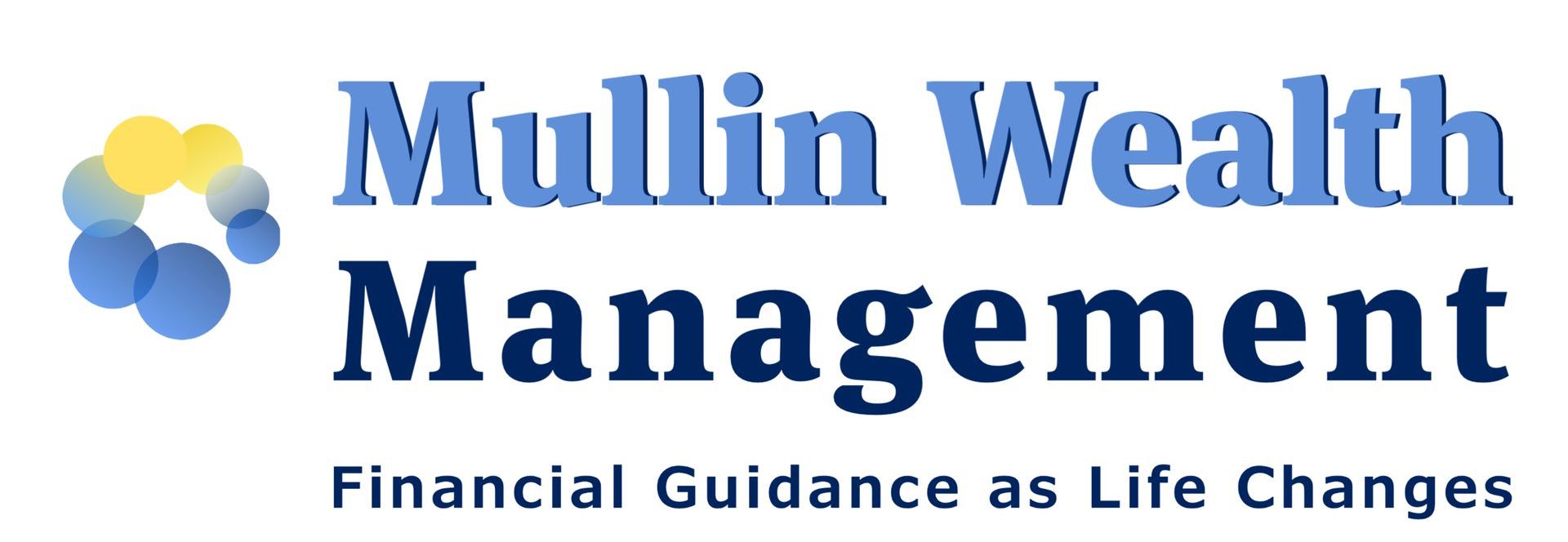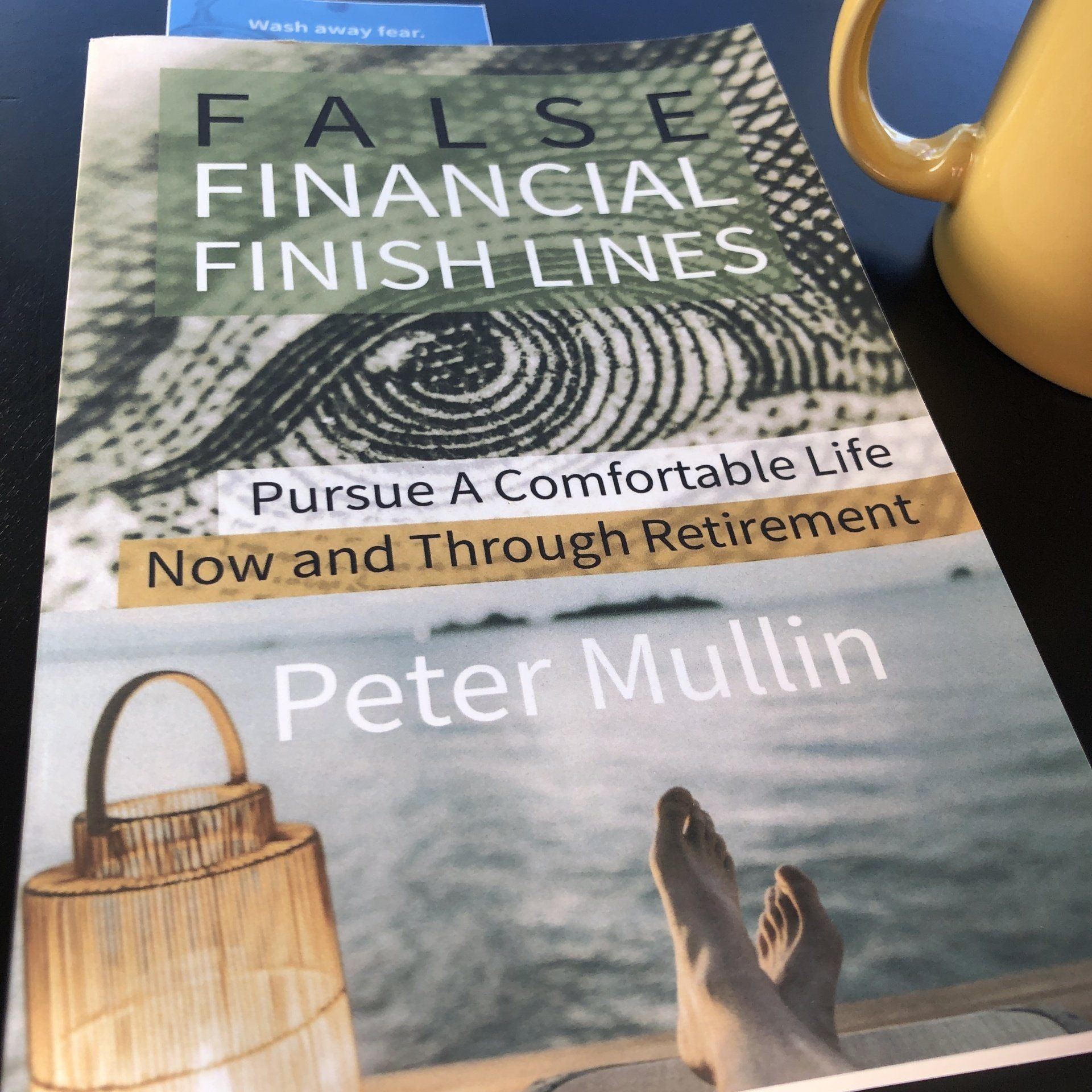Is Giving to Charity Your Thing?
What is a Donor Advised Fund?

What is a Donor Advised Fund?
It’s essentially charitable giving with a plan. Think of them as another account that you may invest money through. Instead of the money being invested for your benefit, it is invested for the benefit of charity. Donor advised funds can be opened and funded by individual investors fairly easily.
Why?
Donor advised funds can preload tax deductions for your tax planning goals. They also have the benefit of permitting you time to discern what charity may receive donations from your funds.
-Tax changes like changes in income or planning may cause you to look for deductions, such as charity.
-This method can provide a tax deduction in the year that you place funds in the account.
-Money can be invested for future donations.
-You can pick and choose who benefits as you go along.
-What if you came about a sum of money or increase in income in a particular year?
-Let’s say you sold your practice or business. You may wish to table some of the assets for charities you’ve supported; but not all at once. So some money goes toward this Donor Advised Fund and you can continue to make contributions to your community in retirement.
In Action
-You know that RMD (required minimum distribution) that you receive year-to-year from your retirement account(s)? You could reposition some of this money in a Donor Advised Fund
-Say you routinely give $2,500 to a cherished charity. What if you repositioned $10,000 toward a Donor Advised Fund that dog-earned this money for charity?
How to Learn More
-Talk to your financial professional or schedule time with me. I collaborate with tax professionals to coordinate this type of planning.
-Your needs can guide you to one program or another that have varying guidelines and requirements.
-Consider how you will fund this account. Consider funding this account with future charitable gifts that you may make routinely anyway.
***
The information provided is not intended to be a substitute for specific individualized tax planning or legal advice. We suggest that you consult with a qualified tax or legal advisor.
All investing involves risk, including the possible loss of principal, and there can be no assurance that any investment strategy will be successful. Generally, the more potential for growth offered by an investment, the more risk it carries.
The opinions voiced in this material are for general information only and are not intended to provide specific advice or recommendations for any individual.
- Mullin's take on the "4% Retirement Rule"
- Navigate "Bad Portfolio Weather"
- Tips to Optimize Social Security







Articles and Assets
What are your Priorities?
Well it’s the end of the year. I just searched on Google for “market outlook 2018.” I came up with a little over 58-million “results.”
So should you be investing in stocks in 2018? The quick answer: It’s likely a prudent part of your portfolio. But it depends on your circumstances, right?
It’s apparently popular to throw your hat in the ring.
A mantra that you hear among disciplined professionals is to “stay the course.”
Then you hear “sell high, buy low.”
Who’s right?
The relief of a disciplined strategy is that it can be tailored to you. And tailor we think you should.
Yes, it’s possible that an investor may not utilize stocks in their portfolio at all. Or you may decide to go “all in” with a diversified stock portfolio.
(Side effects from tailoring a strategy may include increased confidence & persistence, apathy toward daily market reports, and increased focus on what really matters.)
Let’s begin with the “Why” of investing for you. Then you can request 15-minutes on the phone discuss your “how.”
So “Why Should You Invest”
Life changes and our “why” of investing ought to transform with life. Some invest for sport – they like the risk/reward of investing – they’re in it for the thrill. I don’t hang with this crowd.
Most of us ought to invest for things we want. Our money & our goals are serious. By investing in a diversified portfolio we can pursue things we want.
1. Living A Comfortable Retirement: Retirement is a noun. It’s up to you to really design and live a retirement that reflects you.
2. Purchasing a Home: Home is a place to live. It can take a down payment.
3. Passing an Inheritance on to Family:
4. Student Loan Shield: This idea is important for many Millennial graduates. Student loans can dominate your budget. But instead of accelerating those payments, what if you paid your required payments, and then invested the additional money that you were going to pay against your loan balance?
5. Emergency Reserves: You probably have read that it’s prudent to keep a relative healthy amount of cash in your checking/savings. Once you’ve achieved that, then you can consider investing additional funds. Go a step further and consider a non-retirement account for you and your house. You can spend this on cars, vacations or use it just as described in #4.
The Dow Jones has seen positive results, so far, in 2017. It’s unusual and sort of uncomfortable as the independent financial advisor. Why is it uncomfortable?
What would sting & linger longer? Finding $20 in the parking lot? Or finding a $20 parking fine on your windshield?
We’ve been finding a lot of metaphorical “$20’s” (i.e. “positive results”) in our portfolios this year. So the second we find a parking fine (or a few in a row) we’ll be sure to ask if stocks are still the right place to park our money.
Complacency can work against us, Dear Clients. Just keep recalling your long-haul strategy and your “why” of investing.
***
Peter Mullin is an independent financial advisor registered through LPL Financial. He lives in Rogers, MN with his family. He was born and raised in St. Cloud, MN. Mullin Wealth Management is located in Waite Park, MN.
The opinions voiced in this material are for general information only and are not intended to provide specific advice or recommendations for any individual.
Investing involves risk including loss of principal.
There is no guarantee that a diversified portfolio will enhance overall returns or outperform a non-diversified portfolio. Diversification does not protect against market risk.
All performance referenced is historical and is no guarantee of future results.
All indices are unmanaged and may not be invested into directly. No strategy assures success or protects against loss.







